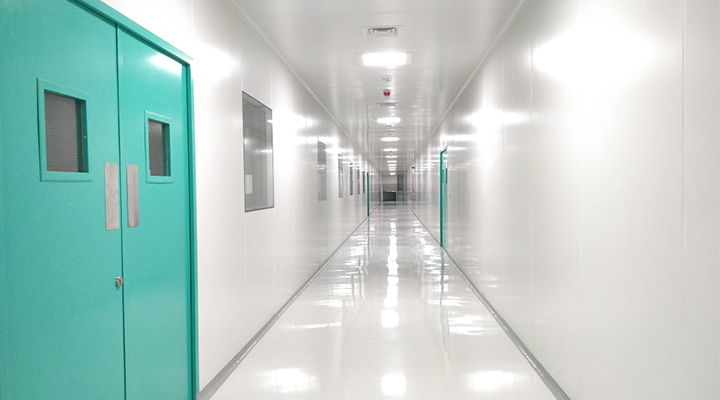Understanding the Basics of Cleanroom

Setting up a cleanroom is a challenging task that requires in-depth knowledge of the technicalities. So, whether you are looking to set up a cleanroom for your laboratory or for your large-scale industrial production facility, it is important that you know about some of the basics. So, let us delve into the basic concept of cleanrooms.
What are Cleanrooms?
Cleanrooms are often seen in setups for a range of different industries like Cleanroom for Cosmetic industry, Pharmaceutical, Biotech medical devices & disposables manufacturing, food & and even in high-end manufacturing like semiconductors, aircraft, and missile equipment. They are also commonly seen in research laboratories, testing facilities, and other environments that require sterile conditions.
Factors to Consider Before Setting Up a Cleanroom
Now, before you set up an industrial cleanroom, you should consider a number of different factors. Here are some of them:
The Type and the Capacity of the Work: You should first determine why you need a cleanroom in the first place. Do you need one for conducting experiments and diagnostics, or do you need a site for the production of critical components? This would help you determine the size of the room and the components that will be required to set up the cleanroom.
Another important factor that you would need to consider is how many people would be working in the cleanroom. If there is a considerable number of people and they would need to enter and exit the cleanroom at frequent intervals, then you would need to get additional equipment like multiple pass boxes, high-performance air showers, and the like. To know more about the different types of cleanroom equipment that you might require, visit https://ftscleanrooms.com/to know more
Environmental Factors: You would also need to consider the range of different environmental conditions including the heat loads, the required temperature, pressure, and humidity levels while developing a plan for cleanroom construction.
Understanding Cleanroom Classification and Standardization
Cleanrooms are classified according to the number as well as the size of the particles that are permitted, measured against a standard volume of air.
The International Organization for Standardization (ISO) has put forward two standards for cleanroom. ISO 14644-1 applies to normal cleanrooms, whereas ISO 14698 applies to cleanrooms where bio-contamination might be an issue.
As per ISO 14644-1 cleanrooms can be classified into nine ‘classes’, ranging from ISO 9 which allows a significant number of particles measuring more than 5 µm, to ISO 1 which only allows a few particles measuring less than 0.1 µm
Apart from the ISO standards, The United States Federal standard – FED-STD-209E is also used in some cases, although being officially canceled by the General Services Administration in 2001
The ISO 14644-1 cleanroom classes and their corresponding FED-STD-209E classes are mentioned below:
| ISO 14644-1 Cleanroom Class | US FED STD 209E class |
| ISO 3 | 1 |
| ISO 4 | 10 |
| ISO 5 | 100 |
| ISO 6 | 1,000 |
| ISO 7 | 10,000 |
| ISO 8 | 100,000 |
Apart from these standards, you have the BS EN ISO 14644-6:2007 (from the United Kingdom), the EU GMP (from the European Union), and the USP <800> standard which was recently developed by the US Pharmacopeial Convention (USP) in 2019.
Get Complete Solutions from FTS Cleanrooms
At FTS Cleanrooms, we offer a comprehensive range of cleanroom products ranging from ISO-certified modular cleanroom panels to cleanroom doors.Here are some of the images of cleanrooms built using our products and services







1 Comment
Top Cleanroom Equipment Manufacturer in the UAE
[…] the right cleanroom equipment manufacturer is critical for the success of your operations. Some of the key factors to […]